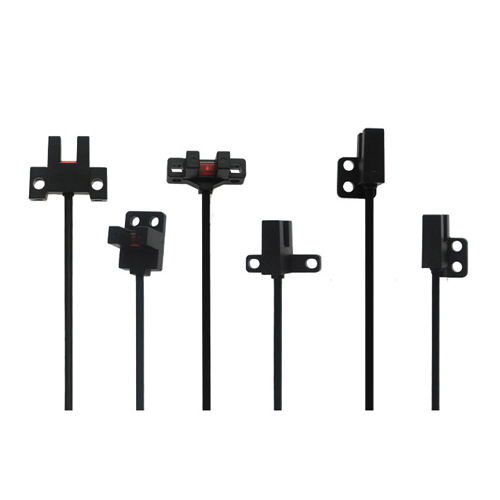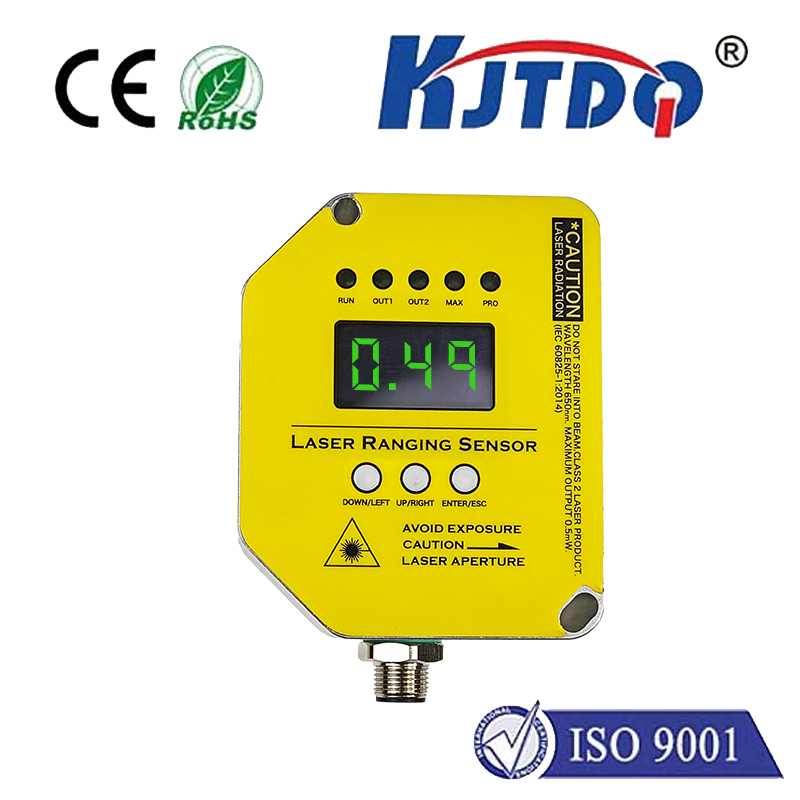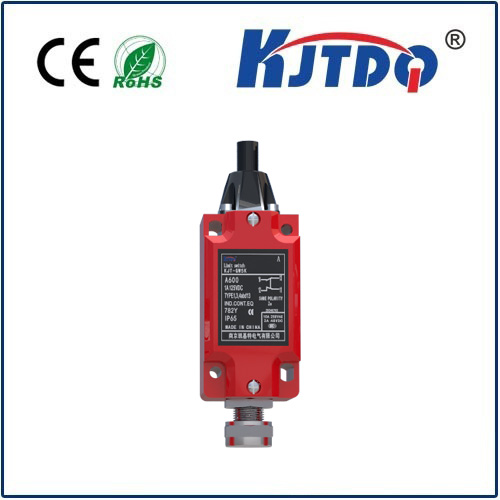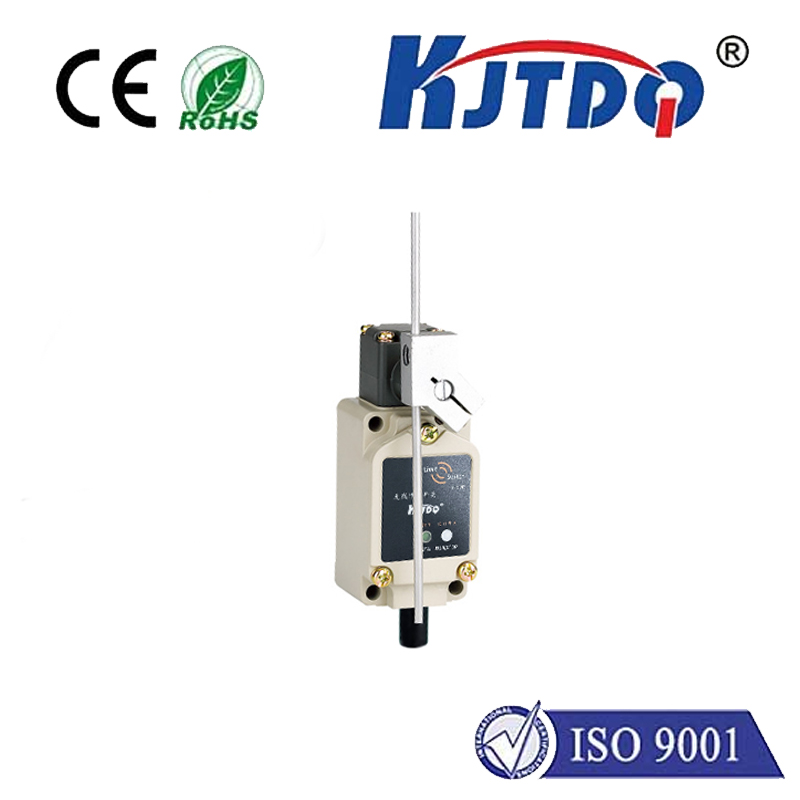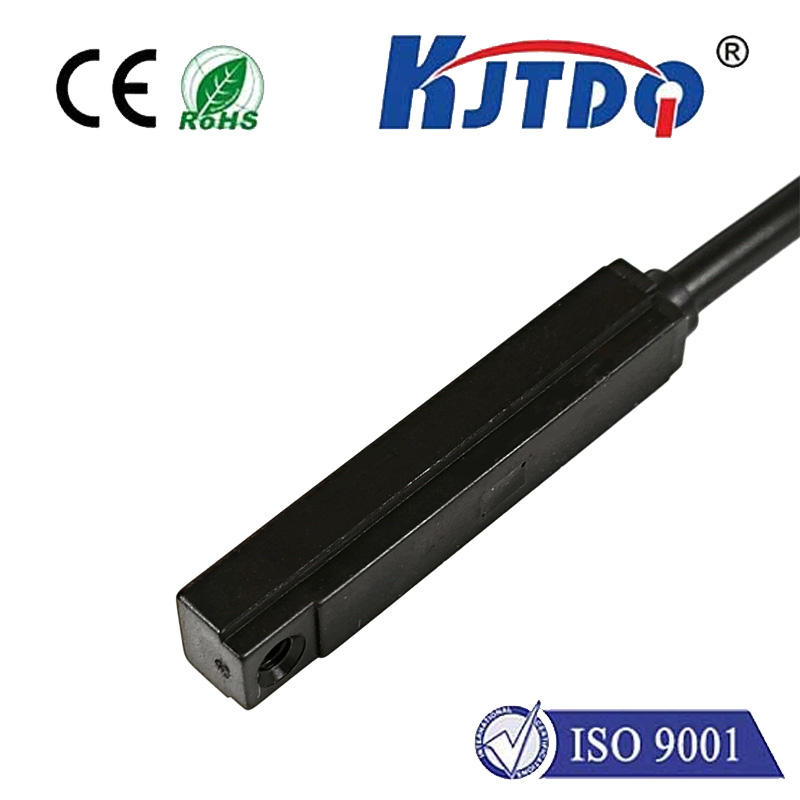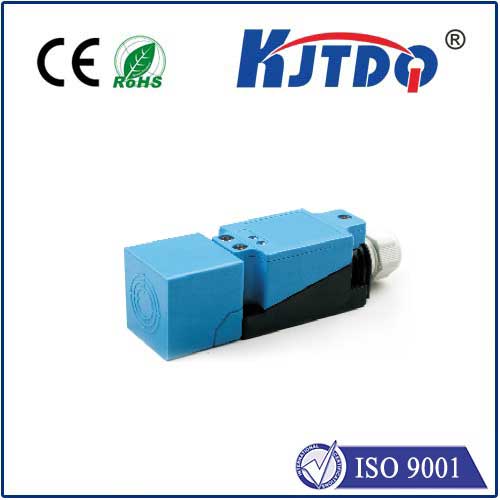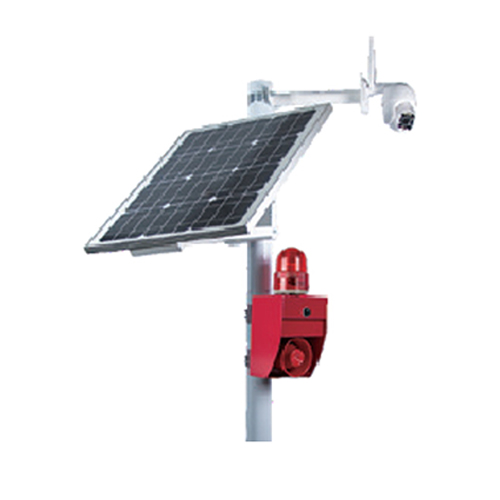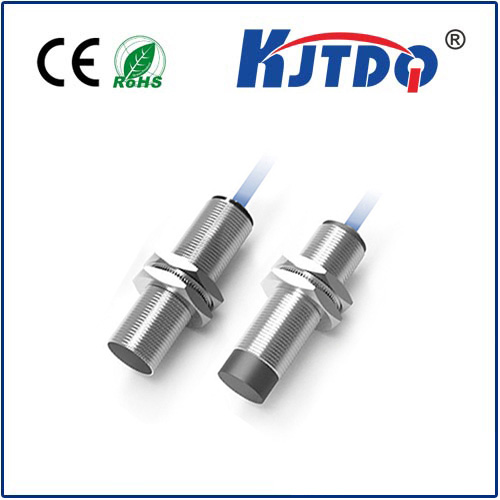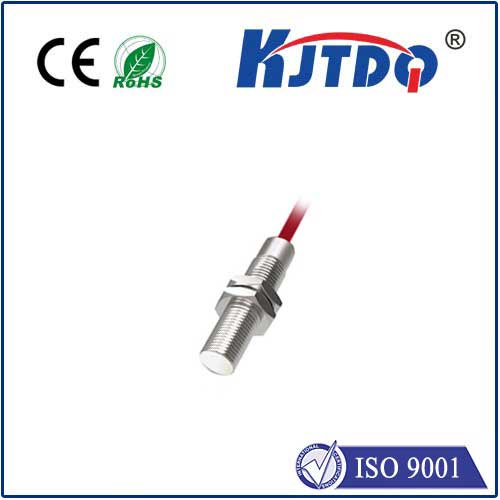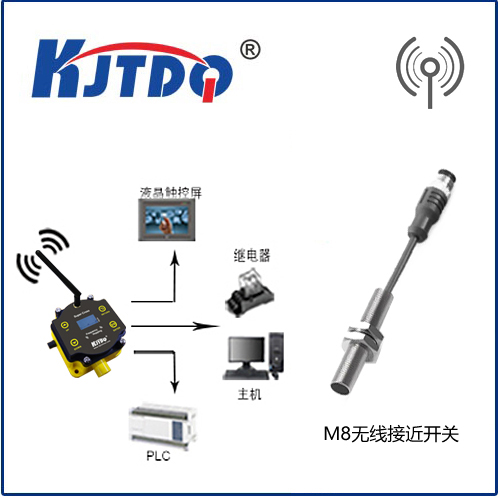

check

check

check

check

check

check

check

check

check

check
When we buy a proximity switch, we often encounter the situation of choosing 24V or 220V. So, how do you differentiate between these two different voltage types? Let me help you answer this question.
Proximity sensor
First, we need to understand the working principle of the proximity switch. The function of the proximity switch is to detect the approach or departure of an object and control the start or stop of the device by changing the output signal. Voltage is an important parameter for the proximity switch and determines whether it can operate normally.
24V proximity switches are usually suitable for low-voltage equipment, such as electronic equipment or small machinery. This type of proximity switch has a lower operating voltage, is easy to use, and is safer. If your application requires accurate detection in a low-voltage environment, choosing a 24V proximity switch is a good choice.
In contrast, 220V proximity switches are suitable for industrial environments or large machinery and equipment. This type of proximity switch requires a higher voltage to drive and has strong signal transmission capabilities. If you need stable object detection in high voltage environments, 220V proximity switches will be your first choice.
To sum up, choose 24V proximity switch for accurate detection in low voltage environment, while 220V proximity switch is suitable for industrial environment or large mechanical equipment. Selecting the appropriate proximity switch based on your specific needs and environmental conditions will bring convenience and safety to your work and life.
Hope the above information can help you better understand and choose the proximity switch that suits you. If you have any additional questions or need further assistance, please feel free to contact us. We will serve you wholeheartedly.
